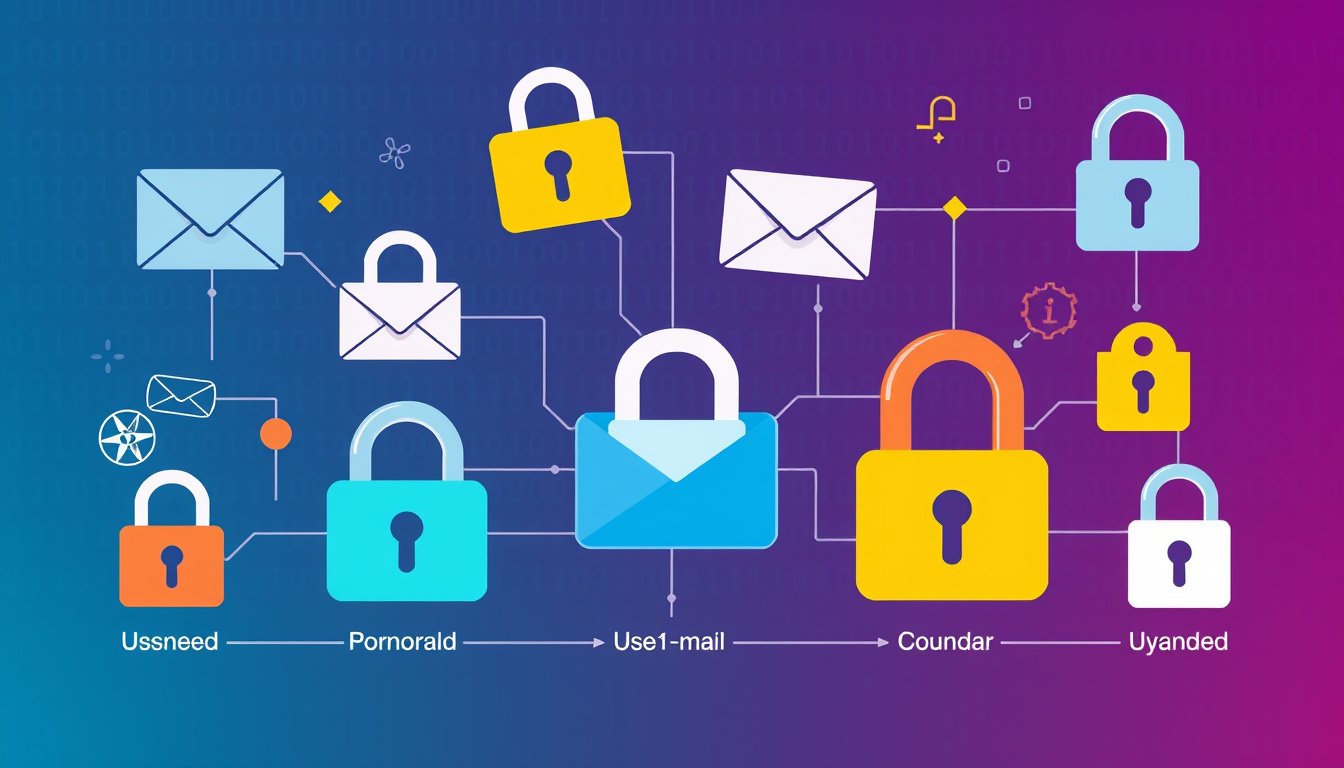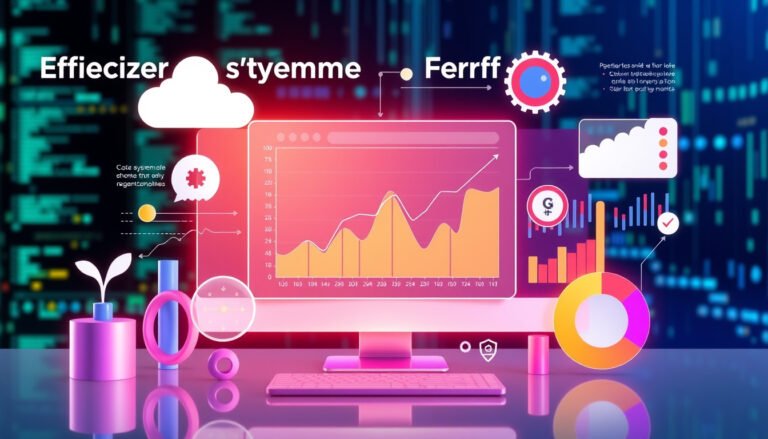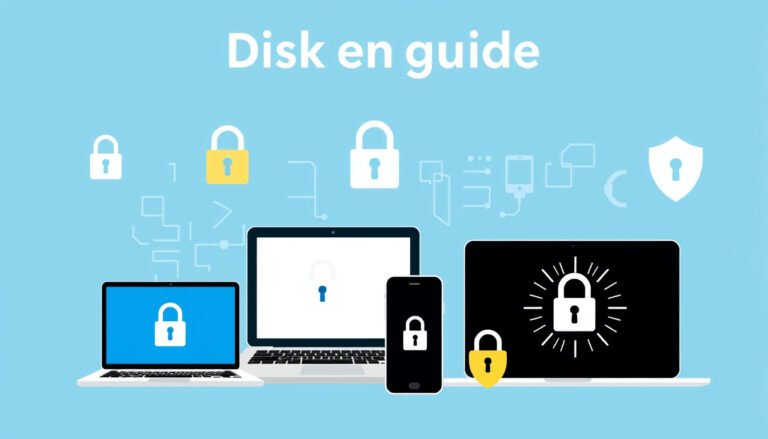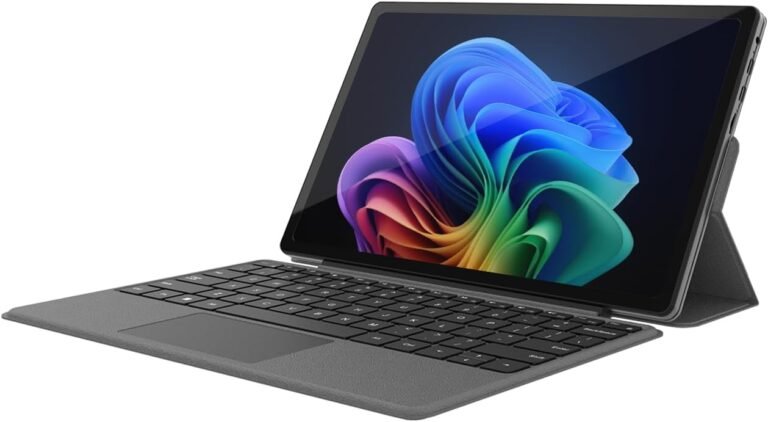
In our increasingly digital world, email remains a vital communication tool for individuals and businesses alike. However, it is also a common target for cybercriminals aiming to intercept sensitive data. Ensuring your email exchanges remain private and secure is paramount—this is where email encryption comes in. This guide provides you with a thorough understanding of how to use email encryption to safeguard your communications and protect your privacy effectively.

What is Email Encryption?
Email encryption is a security technique that protects the content of your email messages by converting them from readable plain text into encoded cipher text. This encryption ensures that only the intended recipient, who possesses the private decryption key, can read the message. If intercepted by hackers or unauthorized parties, the encrypted email remains indecipherable, shielding your confidential information from prying eyes.
Since emails often travel across multiple servers and potentially unsecured networks, encrypting the data guards against unauthorized access during transmission—a time when messages are typically most vulnerable.
How Does Email Encryption Work?
Email encryption commonly relies on a cryptographic system known as Public Key Infrastructure (PKI), which utilizes two keys:
- Public Key: Used to encrypt the email message and can be freely shared.
- Private Key: Used to decrypt the received encrypted message; kept secret by the recipient.
When you send an encrypted email, the message is encrypted with the recipient’s public key. Only their matched private key can decrypt and reveal the content.
For optimal security, experts recommend encrypting all your email messages, not just those containing sensitive data. Selective encryption could signal to attackers which emails are valuable, making them targets for decryption attempts.
Why is Email Encryption Important?
Email encryption plays a crucial role in:
- Protecting Sensitive Information: Keeps personal data, business secrets, financial details, and login credentials safe.
- Preventing Data Breaches: Encrypting emails reduces the risk and impact of intercepted communications.
- Compliance with Regulations: Helps organizations meet legal requirements including GDPR (General Data Protection Regulation), HIPAA (Health Insurance Portability and Accountability Act), CCPA (California Consumer Privacy Act), and others that mandate protecting client data and privacy.
- Maintaining Trust: Assures clients and partners that their information is handled securely.
Common Types of Email Encryption
Understanding key email encryption protocols can help you choose the right method:
1. Pretty Good Privacy (PGP)
PGP is one of the earliest and widely adopted public key encryption standards. It uses digital signatures and file encryption to secure emails individually, offering robust protection for both personal and professional emails. PGP requires users to exchange and verify public keys manually or via trusted third parties.
2. Secure/Multipurpose Internet Mail Extensions (S/MIME)
S/MIME provides similar functionality to PGP but generally requires users to obtain digital certificates through a Certificate Authority (CA). It is integrated into most modern email clients like Microsoft Outlook, Apple Mail, and iOS Mail, offering seamless encryption and signing of email messages.
3. Transport Layer Security (TLS)
TLS encrypts email data in transit between email servers, preventing eavesdropping during delivery. While TLS secures the transmission path, it does not encrypt the email’s content on the sender’s or recipient’s devices.
Most major email providers support TLS by default, protecting emails from interception while they travel across the internet.
How to Encrypt Emails Using Popular Email Clients
Outlook
- Enable S/MIME: Obtain a digital certificate and install it.
- Encrypt Messages:
- To encrypt all outgoing emails, go to the Settings and enable S/MIME to encrypt contents and attachments by default.
- To encrypt individual messages, choose “Encrypt this message (S/MIME)” from the message options before sending.
- Consider Microsoft Purview Message Encryption if supported—it allows sending encrypted emails and letting recipients access messages securely even if they use different mail services.
Gmail
- S/MIME Support: Available if both sender and recipient have S/MIME enabled.
- Using Encryption:
- Compose the email.
- Click the lock icon next to the recipient’s name.
- Adjust encryption settings if necessary.
- Encryption Indicators:
- Green lock: Email encrypted with S/MIME.
- Gray lock: Email secured with TLS.
- Red lock: No encryption detected.
iOS Mail
- Built-in S/MIME: Enable S/MIME in Mail settings under advanced options.
- Encrypt by default: Set “Encrypt by Default” to ON.
- When composing an email, a lock icon indicates if encryption is active. Blue means ready to encrypt, red indicates the recipient must enable their settings.
Yahoo Mail
Yahoo supports SSL for account security but does not natively support S/MIME or PGP encryption. To encrypt emails in Yahoo, you’ll need third-party solutions or browser-based encryption extensions compatible with Yahoo’s mail interface.
Third-Party Email Encryption Services
Several dedicated email encryption services simplify securing email communications without complex setup, often working in the background:
- ProtonMail: End-to-end encryption with PGP compatibility.
- Virtru: Works seamlessly with Gmail, Outlook, and more.
- Mailvelope: Browser extension supporting OpenPGP for webmail services.
- Ciphermail, Enlocked, StartMail, Send 2.0: Other solutions varying in compatibility and features.
Best Practices Beyond Encryption
While encryption is vital, maintaining email security requires additional layers of protection:
- Scan Attachments: Email attachments might carry malware; always scan before opening.
- Enable Two-Factor Authentication (2FA): Add extra login security for email accounts.
- Use Strong Passwords: Prevent unauthorized account access.
- Regularly Update Software: Keep email clients and security tools up to date to patch vulnerabilities.
- Be Wary of Phishing: Never click suspicious links or provide sensitive information via unexpected emails.
Conclusion
Email encryption is an essential tool for anyone wishing to secure their digital communications against unauthorized access. By understanding how email encryption works and implementing it through your preferred email client or third-party service, you significantly enhance your privacy and protect yourself or your organization against data breaches and cyber threats. Remember, strong email security is about layers—combining encryption with good security habits offers the best defense in today’s connected world. Embrace email encryption today to keep your secrets truly secret.









